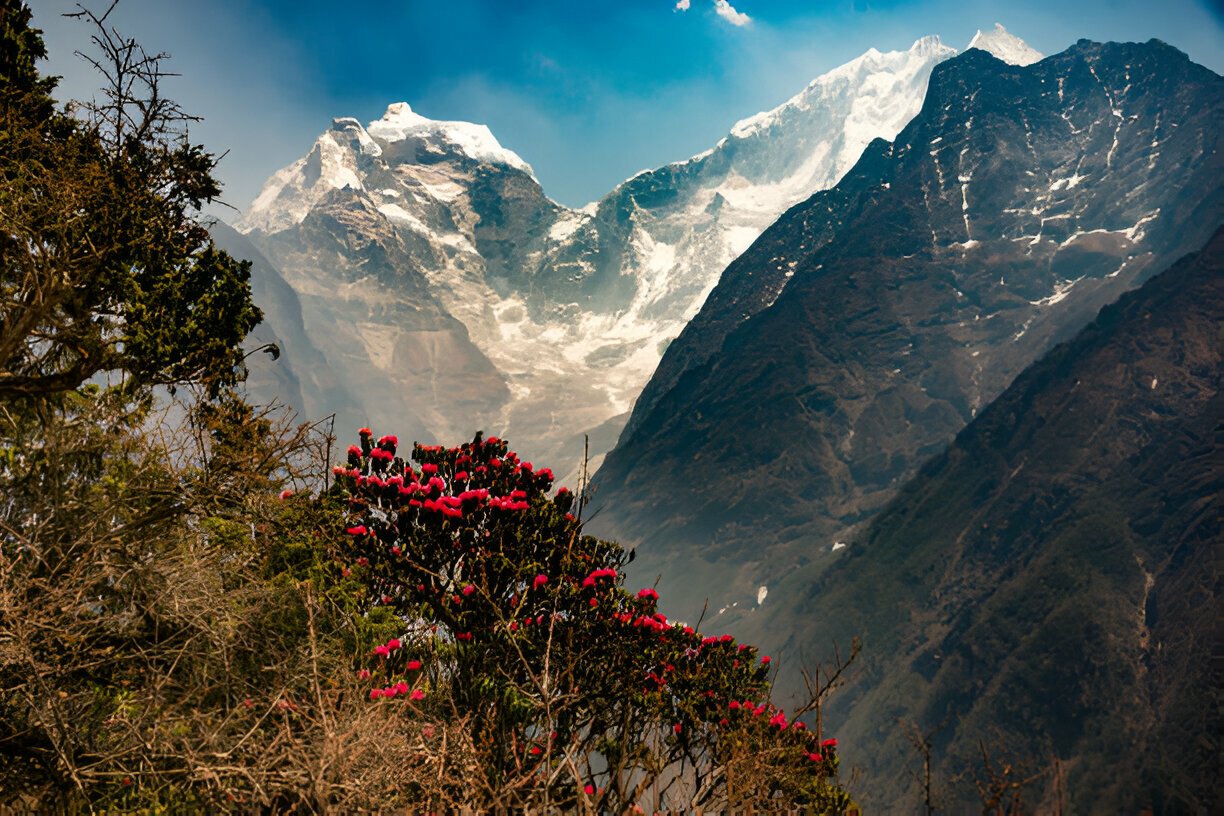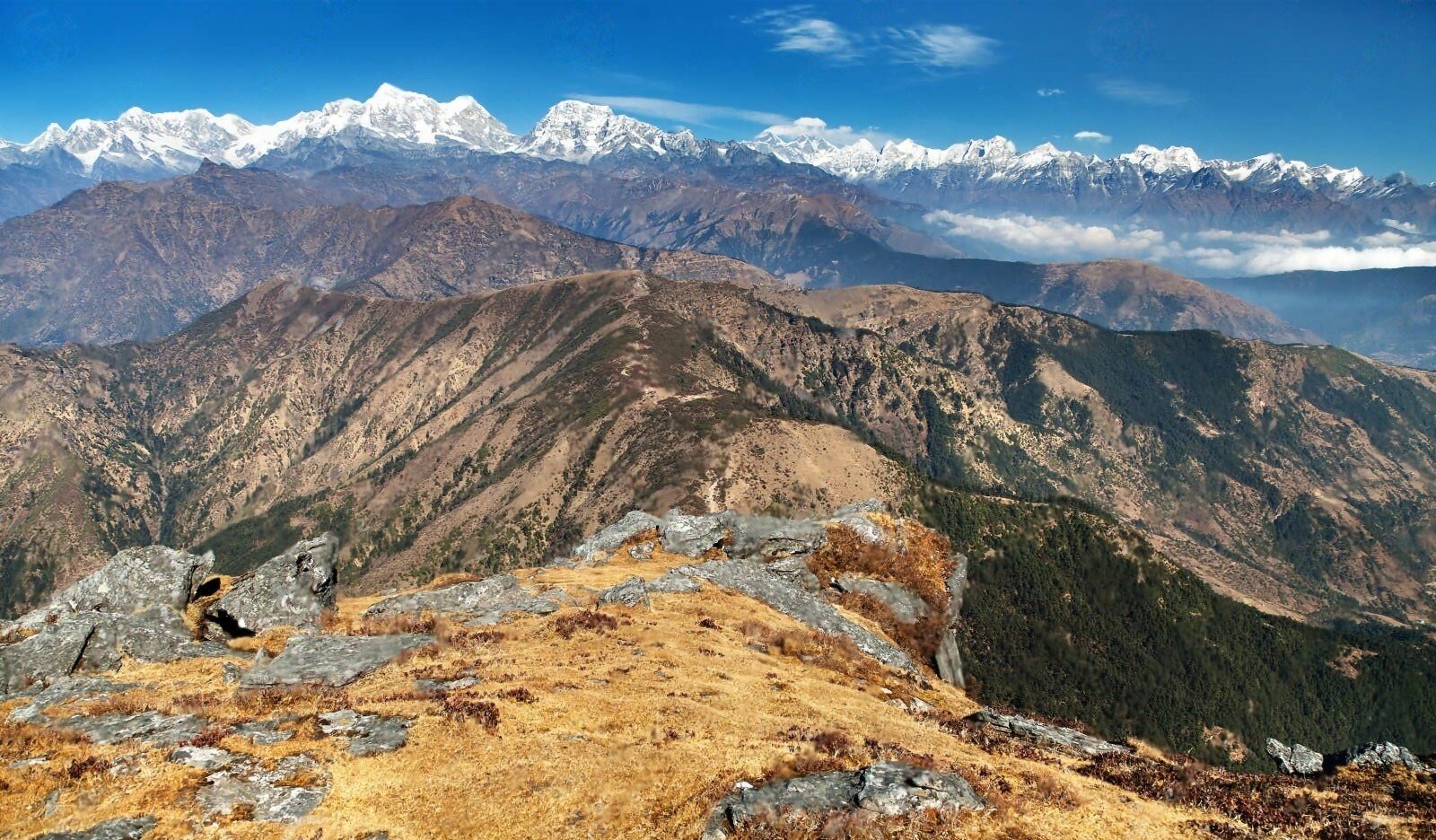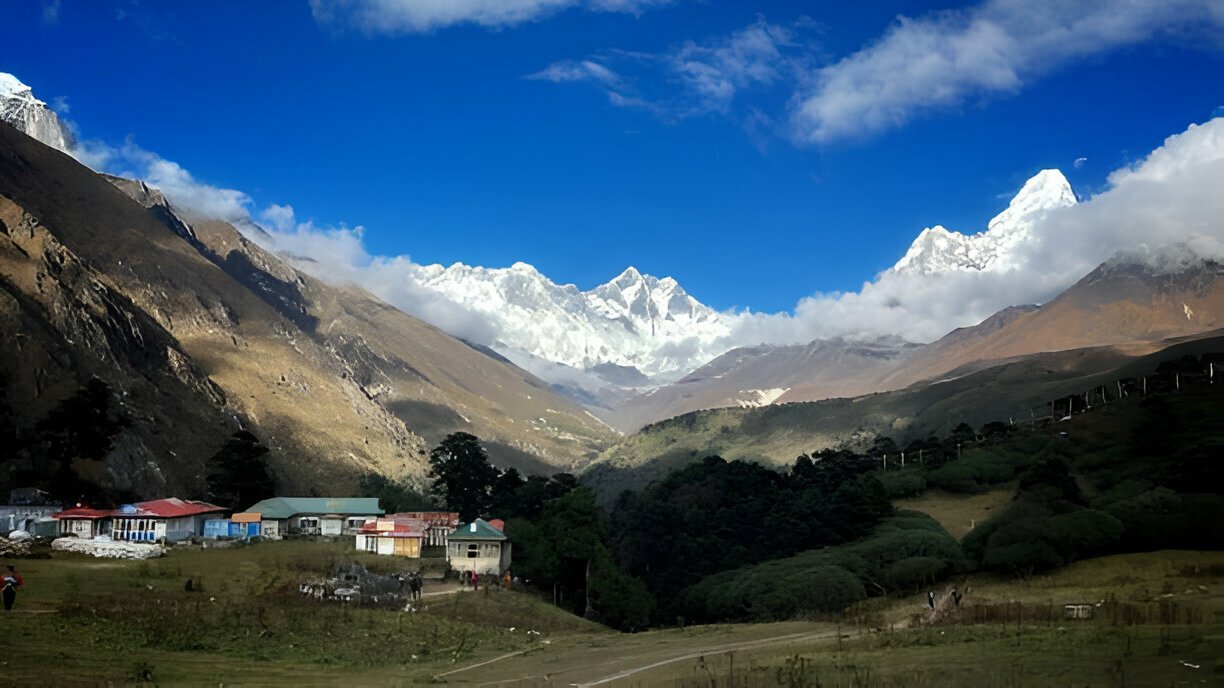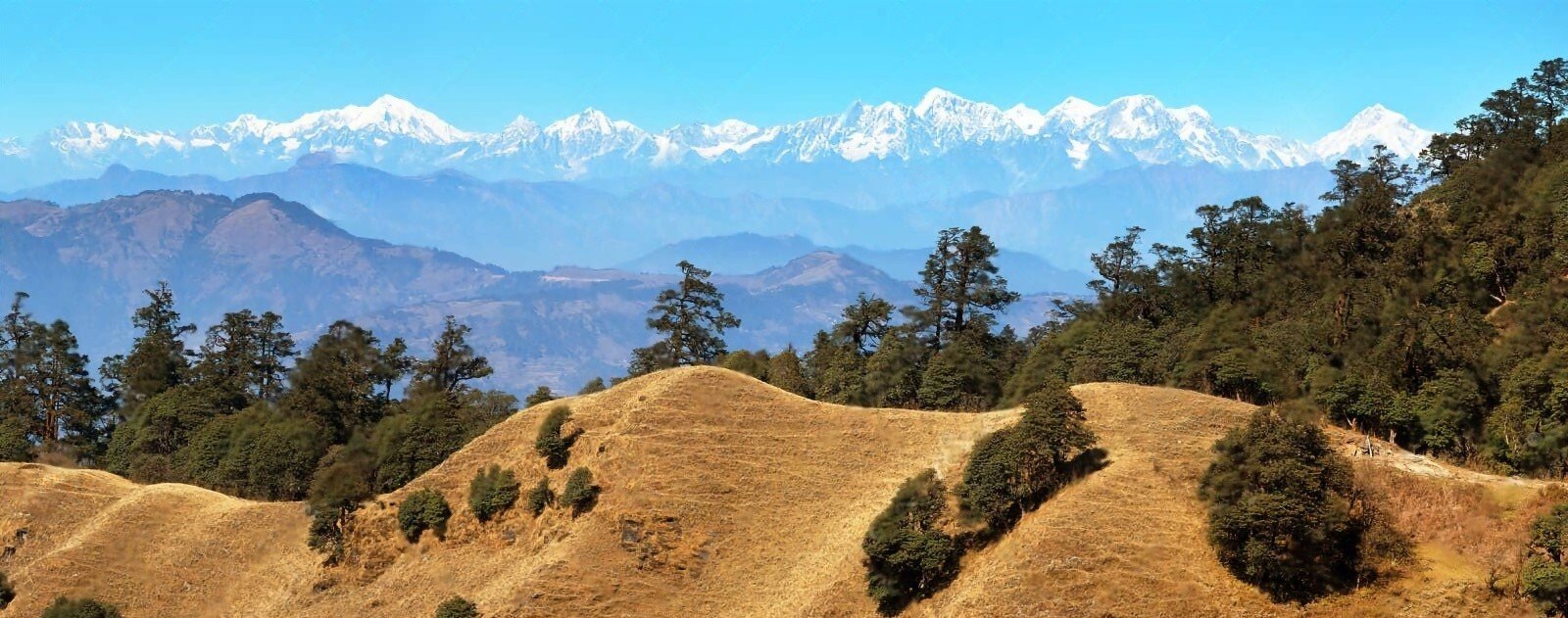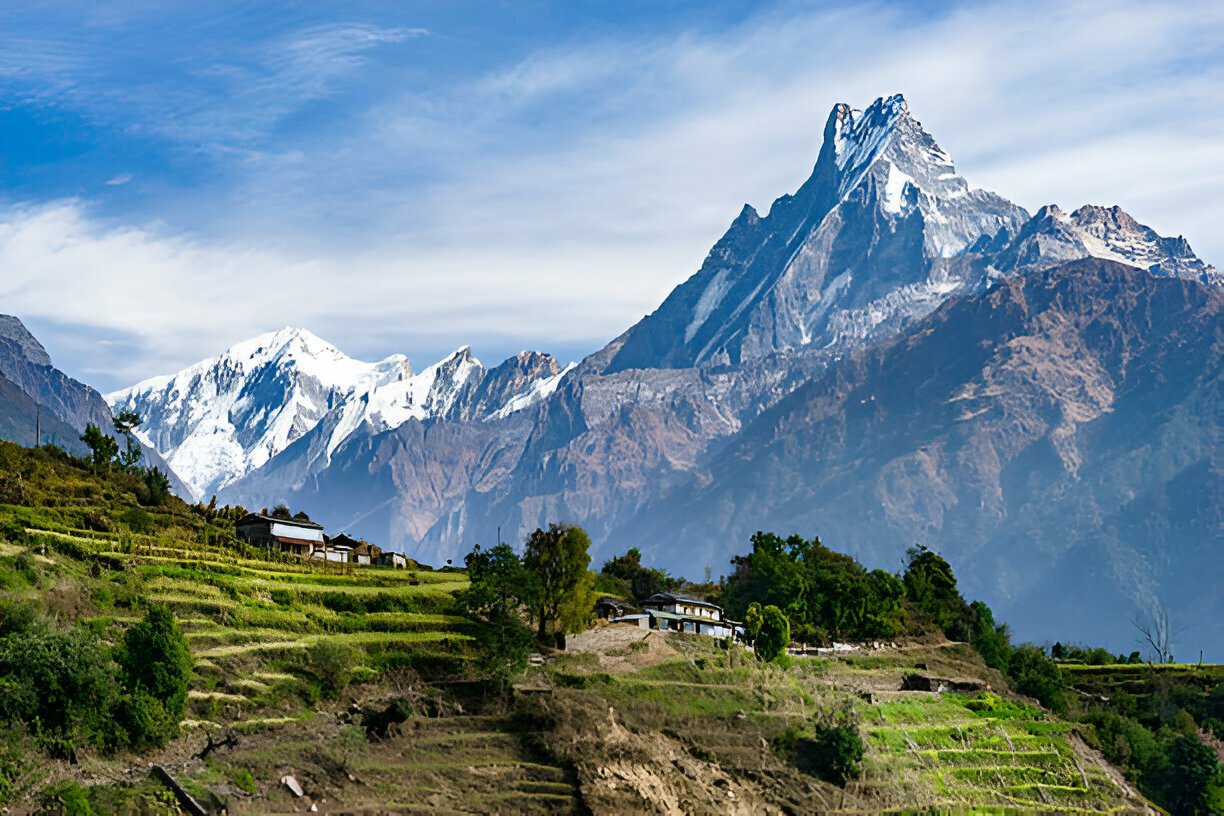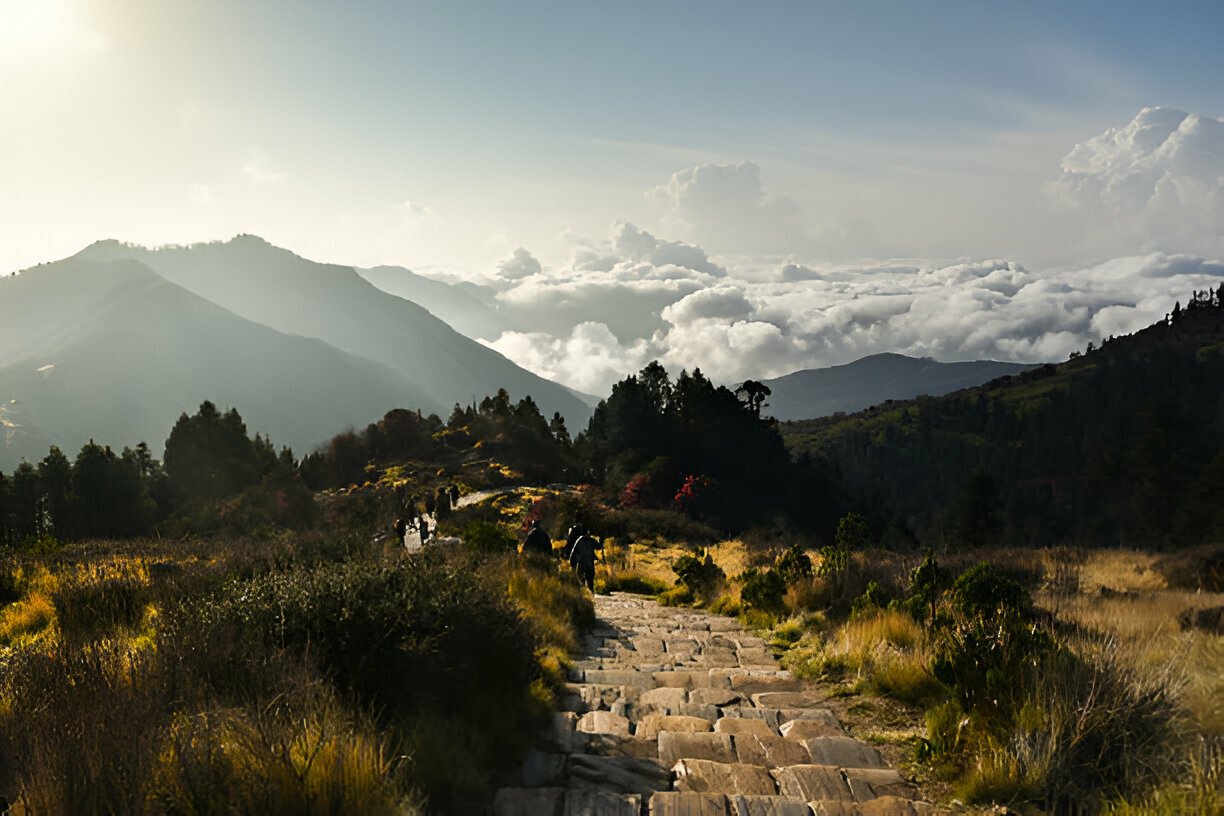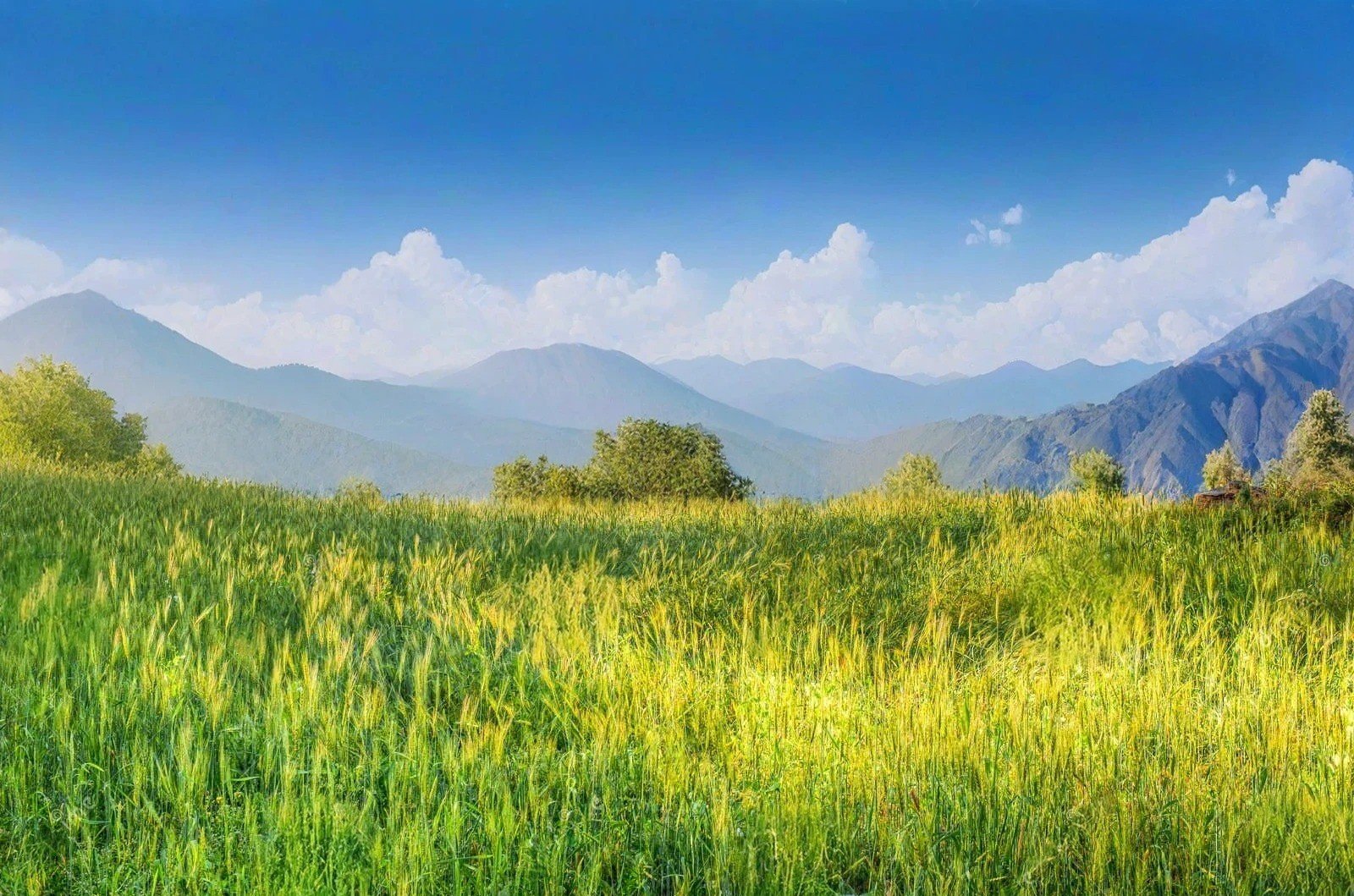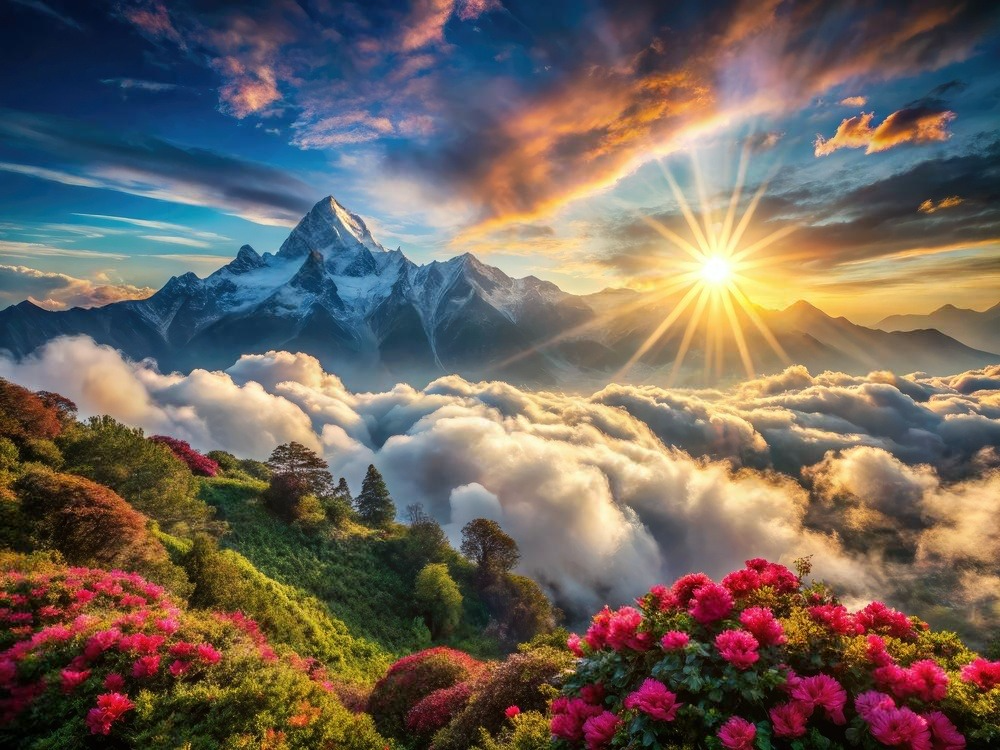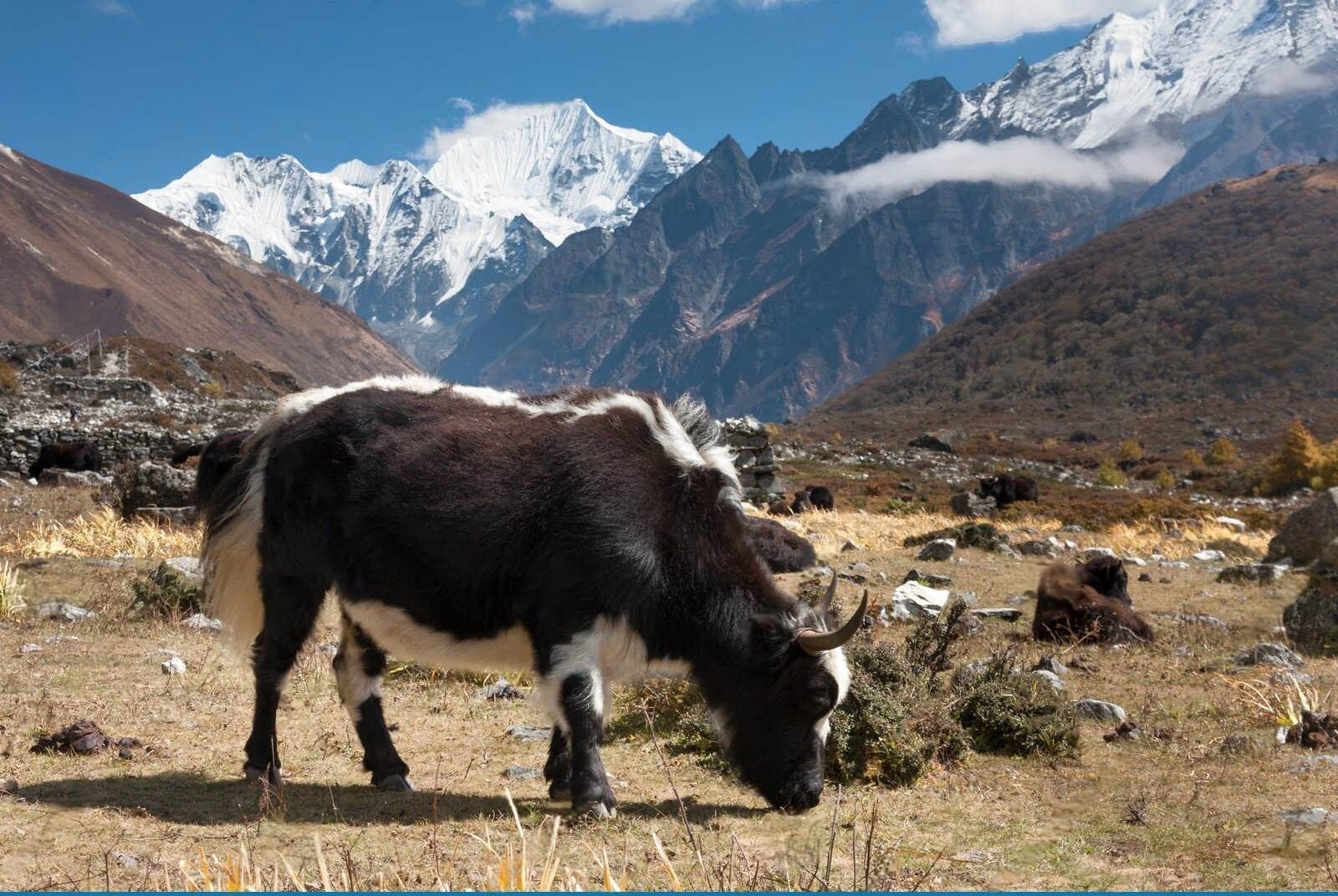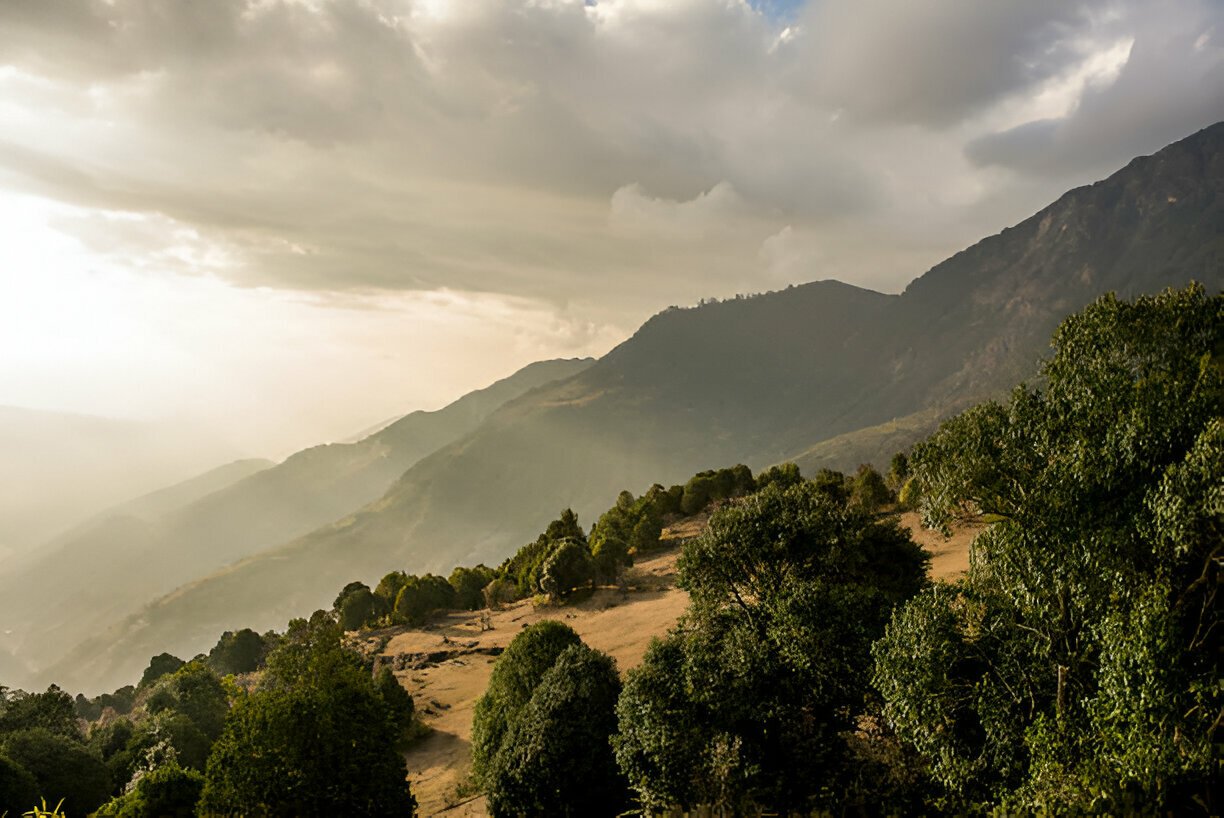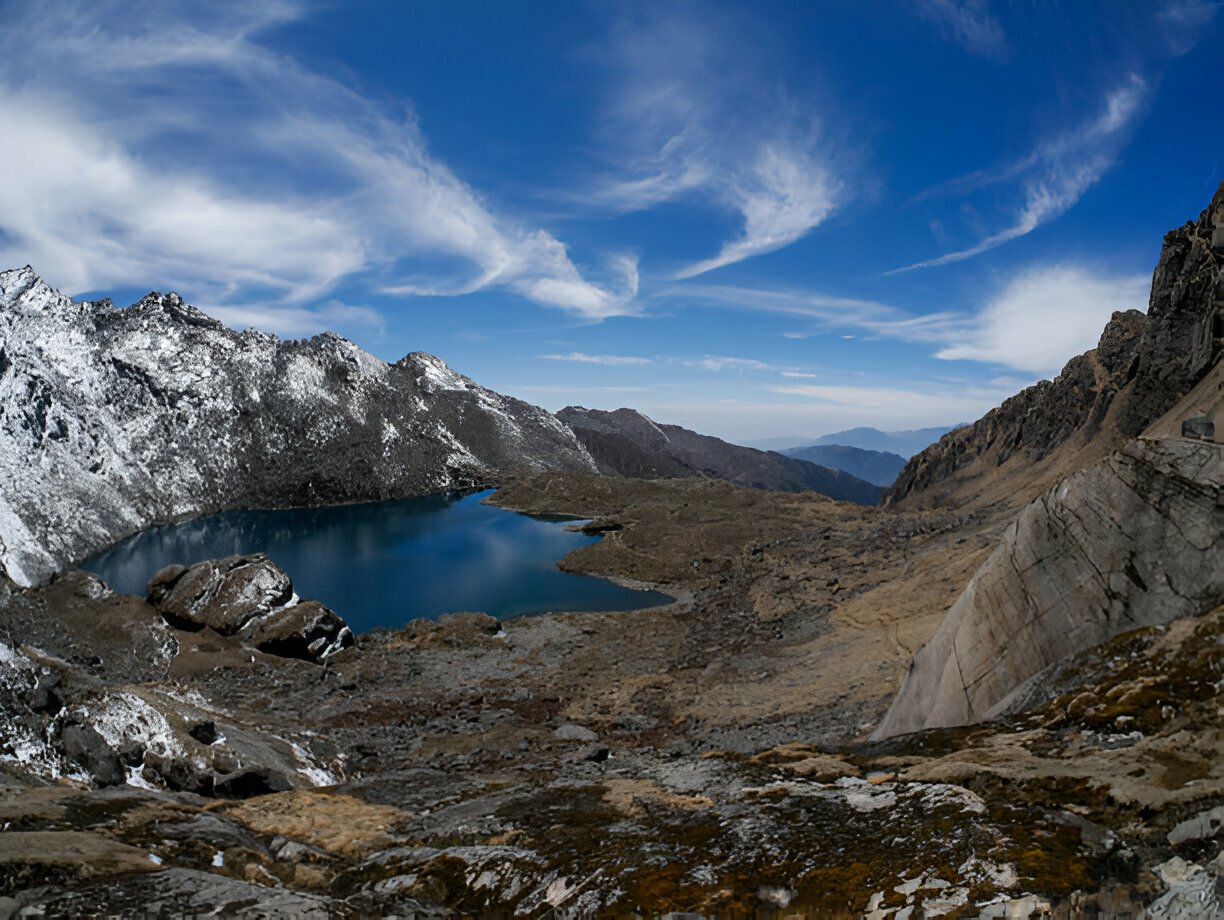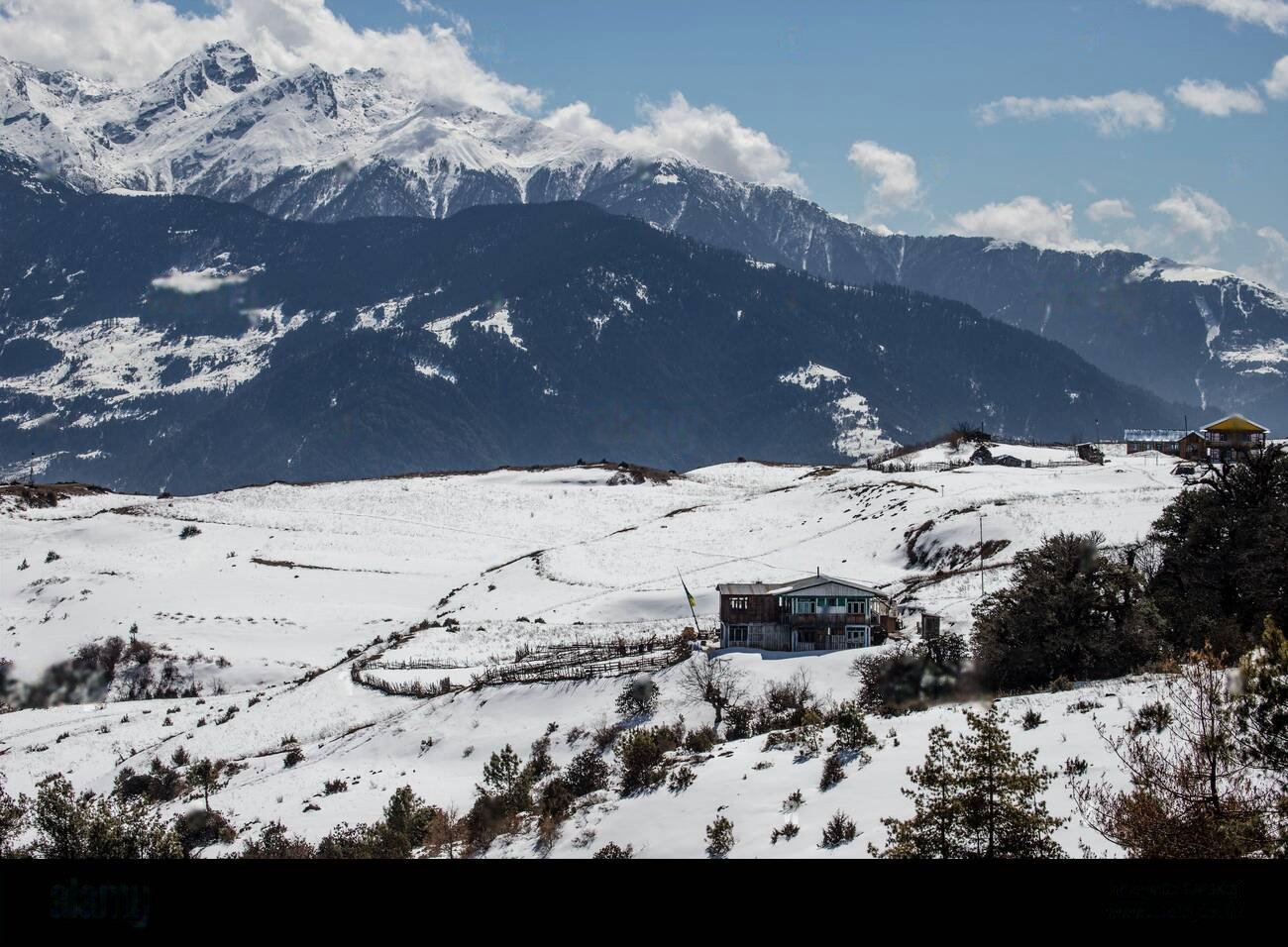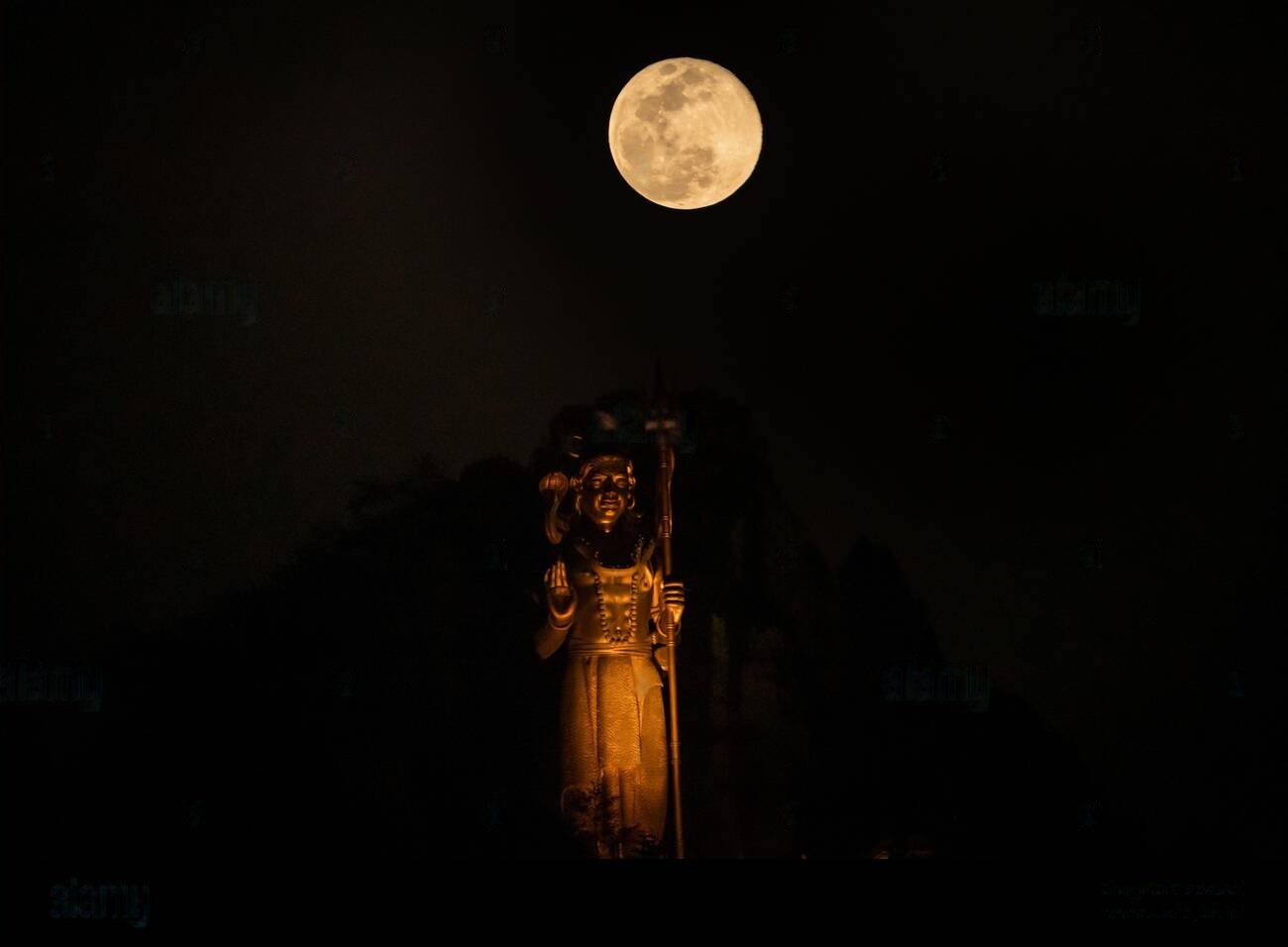 Detailed Information
Detailed Information
Visiting the Kailashnath Mahadev statue offers a unique blend of spiritual pilgrimage, architectural wonder, and natural beauty that sets it apart from other attractions in the Kathmandu region. What makes this site particularly special is the harmonious integration of monumental religious art with the stunning natural landscape of the valley rim.
As you approach Sanga from either Kathmandu or Dhulikhel, the statue gradually reveals itself on the hillside, creating an unforgettable first impression. Unlike ancient temples that often nestle within urban settings, Kailashnath Mahadev commands its own space against the open sky, allowing visitors to appreciate its scale and artistry from multiple perspectives. The approach to the statue involves a pleasant ascent through terraced fields and small settlements, offering increasingly panoramic views with each step upward.
Upon reaching the statue complex, you're greeted by well-maintained gardens and pathways that create a contemplative atmosphere. The main viewing area provides the perfect vantage point to take in the full majesty of Lord Shiva's form. The statue portrays Shiva in a peaceful yet powerful stance, holding his trident (trishul) and damaru drum, with the river Ganges flowing from his matted locks. The level of detail achieved by the artisans is remarkable from the serene expression on Shiva's face to the intricate ornaments adorning his form.
The spiritual energy of the site is palpable yet accessible to visitors of all backgrounds. Hindu devotees perform rituals and prayers, often circumambulating the base of the statue, while other visitors simply absorb the peaceful atmosphere. The statue's design incorporates traditional Hindu iconography with modern engineering, creating a bridge between ancient reverence and contemporary expression of faith.
Throughout the day, the statue's appearance transforms with the changing light. Morning visits offer the magical experience of watching the first rays of sunshine illuminate the metallic surface, while evening visits capture the golden glow of sunset reflecting off the statue against deepening blue skies. These changing perspectives make Kailashnath Mahadev worth visiting at different times of day, each offering a distinct experience.
The elevated position of the complex provides spectacular views that extend beyond religious significance. On clear days, visitors can see the snow-capped Himalayan peaks to the north, the rolling hills of Kavre to the east, and the sprawling Kathmandu Valley to the west. This visual connection between the statue and the broader landscape reinforces the Hindu concept of divinity pervading the natural world.
Throughout the year, the atmosphere shifts with seasonal changes and religious calendars. During major festivals like Maha Shivaratri, the site buzzes with energy as thousands of devotees make special pilgrimages. Even on ordinary days, the site maintains a gentle flow of visitors, creating a pleasant balance between accessibility and tranquility that allows for genuine appreciation of this remarkable monument.
Visiting the Kailashnath Mahadev statue offers a unique blend of spiritual pilgrimage, architectural wonder, and natural beauty that sets it apart from other attractions in the Kathmandu region. What makes this site particularly special is the harmonious integration of monumental religious art with the stunning natural landscape of the valley rim.
As you approach Sanga from either Kathmandu or Dhulikhel, the statue gradually reveals itself on the hillside, creating an unforgettable first impression. Unlike ancient temples that often nestle within urban settings, Kailashnath Mahadev commands its own space against the open sky, allowing visitors to appreciate its scale and artistry from multiple perspectives. The approach to the statue involves a pleasant ascent through terraced fields and small settlements, offering increasingly panoramic views with each step upward.
Upon reaching the statue complex, you're greeted by well-maintained gardens and pathways that create a contemplative atmosphere. The main viewing area provides the perfect vantage point to take in the full majesty of Lord Shiva's form. The statue portrays Shiva in a peaceful yet powerful stance, holding his trident (trishul) and damaru drum, with the river Ganges flowing from his matted locks. The level of detail achieved by the artisans is remarkable from the serene expression on Shiva's face to the intricate ornaments adorning his form.
The spiritual energy of the site is palpable yet accessible to visitors of all backgrounds. Hindu devotees perform rituals and prayers, often circumambulating the base of the statue, while other visitors simply absorb the peaceful atmosphere. The statue's design incorporates traditional Hindu iconography with modern engineering, creating a bridge between ancient reverence and contemporary expression of faith.
Throughout the day, the statue's appearance transforms with the changing light. Morning visits offer the magical experience of watching the first rays of sunshine illuminate the metallic surface, while evening visits capture the golden glow of sunset reflecting off the statue against deepening blue skies. These changing perspectives make Kailashnath Mahadev worth visiting at different times of day, each offering a distinct experience.
The elevated position of the complex provides spectacular views that extend beyond religious significance. On clear days, visitors can see the snow-capped Himalayan peaks to the north, the rolling hills of Kavre to the east, and the sprawling Kathmandu Valley to the west. This visual connection between the statue and the broader landscape reinforces the Hindu concept of divinity pervading the natural world.
Throughout the year, the atmosphere shifts with seasonal changes and religious calendars. During major festivals like Maha Shivaratri, the site buzzes with energy as thousands of devotees make special pilgrimages. Even on ordinary days, the site maintains a gentle flow of visitors, creating a pleasant balance between accessibility and tranquility that allows for genuine appreciation of this remarkable monument.
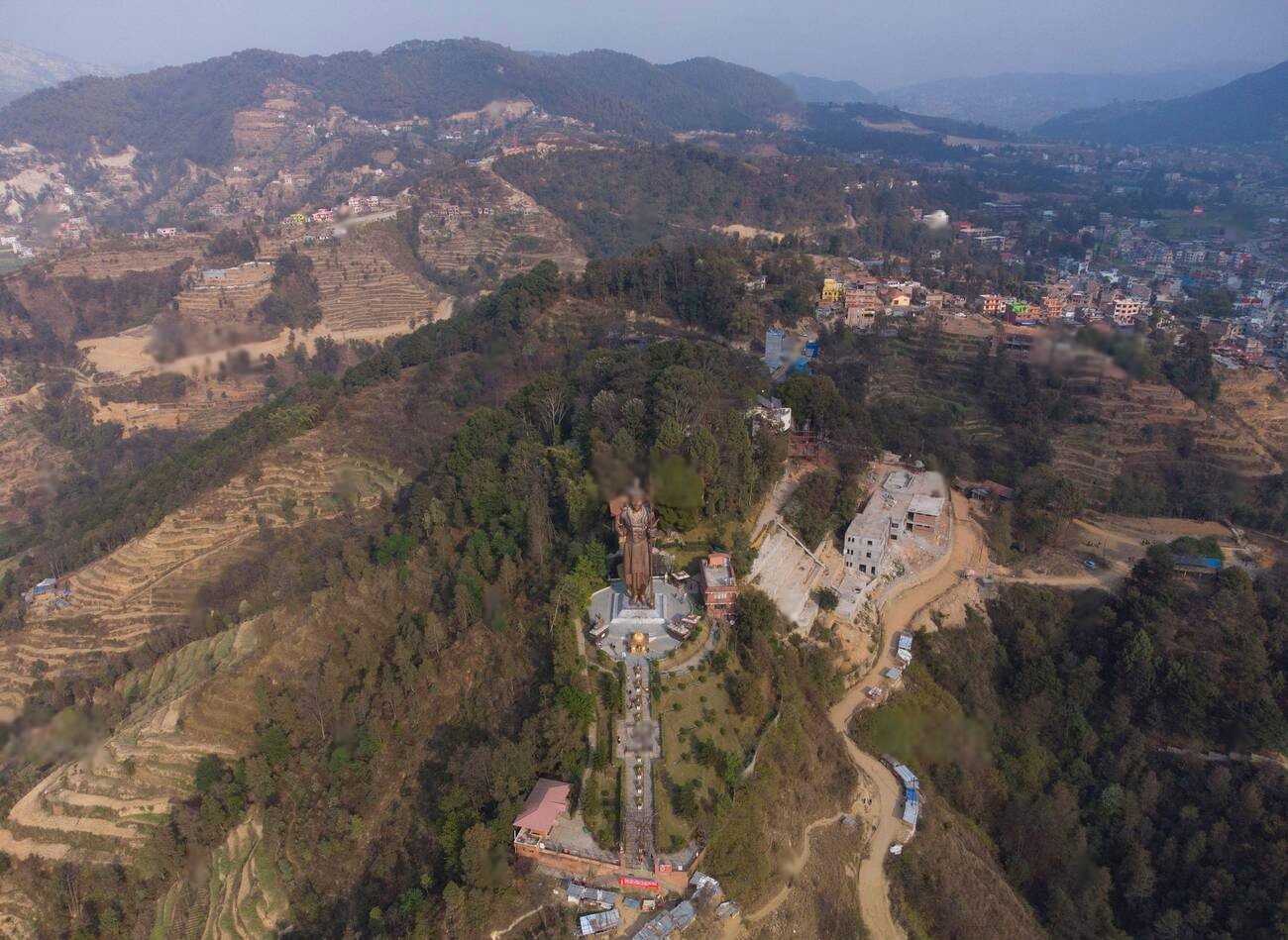
From $0
Price Varies from Group Size
Success
Here goes about why the success toast occurred.
 Activity Outline
Activity Outline
Sunrise Arrival and First Views
The Main Statue Up Close
Meditation Gardens and Lesser Shrines
Viewpoint Platforms and Himalayan Vistas
Cultural Center and Construction Exhibition
Photography Session and Refreshments
Sunset Viewing and Evening Atmosphere
 Good to Know
Good to Know
The statue is particularly sacred to devotees of Lord Shiva, who consider it a manifestation of Mount Kailash, Shiva's celestial abode in the Himalayas.
Cultural Highlights
Engineering Achievement: Remarkable feat of modern construction using traditional metalworking techniques
Maha Shivaratri Festival: Major celebration drawing thousands of devotees in February/March
Public-Private Partnership: Example of privately funded religious art benefiting public spiritual life
Cross-Cultural Appeal: Attracts both devout Hindu pilgrims and international tourists
Local Economy Transformation: Has significantly changed Sanga from a transit point to a destination
Visitor Etiquette
Dress modestly when visiting, covering shoulders and knees
Remove shoes if entering any enclosed shrine areas
Speak quietly near areas where people are meditating or praying
Ask permission before photographing individuals engaged in worship
Follow designated pathways rather than climbing on landscaped areas
Refrain from touching the statue or any ritual objects
Dispose of trash properly in
Nearby Attractions
Sanga Ethnographic Museum: Showcases local cultural traditions (10-minute walk)
Dhulikhel: Scenic hilltown with mountain views and historic architecture (15-minute drive)
Namobuddha: Important Buddhist pilgrimage site with monastery (40-minute drive)
Panauti: Well-preserved medieval town with historic temples (30-minute drive)
Bhaktapur: Ancient city with remarkable Newari architecture (25-minute drive)
 Reviews
Reviews
 FAQs (Frequently Asked Questions)
FAQs (Frequently Asked Questions)
Your queries are answered.
What is the best time of year to visit the statue?
October to December offers the clearest mountain views with comfortable temperatures. January to March can be chilly but offers excellent visibility and the chance to witness Maha Shivaratri celebrations if your visit coincides with this important festival. Avoid the monsoon season (June-September) when clouds often obscure the views and heavy rainfall can make the site less enjoyable.
How do I get to Sanga from Kathmandu?
Public buses run regularly from Kathmandu's Ratna Park and Bhaktapur to Sanga, taking approximately 1-1.5 hours depending on traffic. For more convenience, taxis can be hired for a half-day trip, or you can arrange a private car through your hotel. Many visitors combine Sanga with other attractions in the eastern valley like Bhaktapur or Dhulikhel.
Who built the Kailashnath Mahadev statue?
The statue was commissioned by Kamal Jain, a Nepali businessman and devotee of Lord Shiva. The project was designed by Nepalese artists but required collaboration with engineers and metalworkers from India to execute the massive structure. Construction began in 2004 and was completed in 2010, overcoming numerous technical and logistical challenges.
Is the statue only of religious interest, or would non-Hindus appreciate visiting?
While the statue holds special significance for Hindus, its artistic merit, engineering achievement, and the spectacular views from the site make it worthwhile for visitors of all backgrounds. Many non-Hindu visitors find the peaceful atmosphere and cultural context enriching, even without sharing the religious connection to Lord Shiva.
What facilities are available at the site?
The complex includes clean restrooms, several small cafés and tea shops, souvenir vendors, and comfortable seating areas. There's adequate parking for those arriving by private vehicle. The pathways are generally well-maintained, though there are some steps to navigate around the complex.
Is photography allowed at the site?
Photography is permitted throughout the outdoor areas of the complex, including photos of the statue from all angles. As with any religious site in Nepal, it's respectful to ask permission before photographing people engaged in worship or ritual activities.
Can visitors go inside the statue?
Unlike some large statues around the world, the Kailashnath Mahadev statue does not have an interior space accessible to visitors. The experience centers around viewing the statue from the outside and enjoying the surrounding complex and magnificent views.




